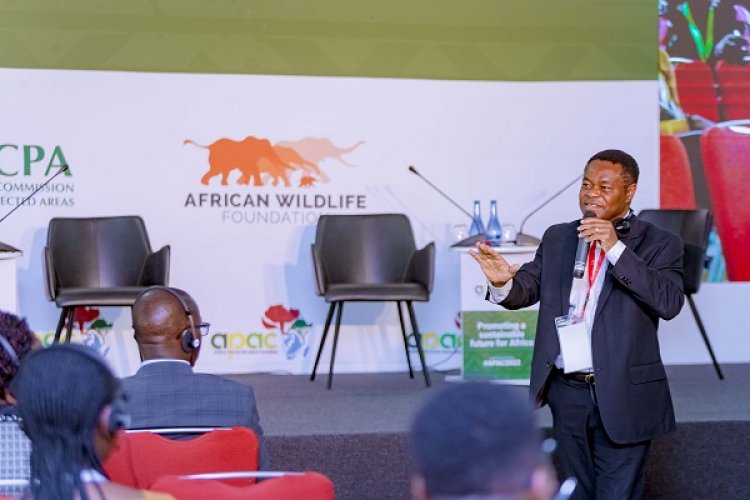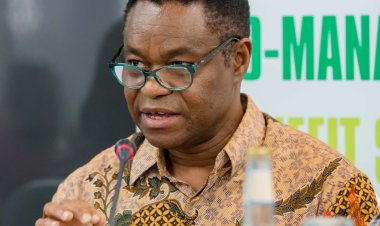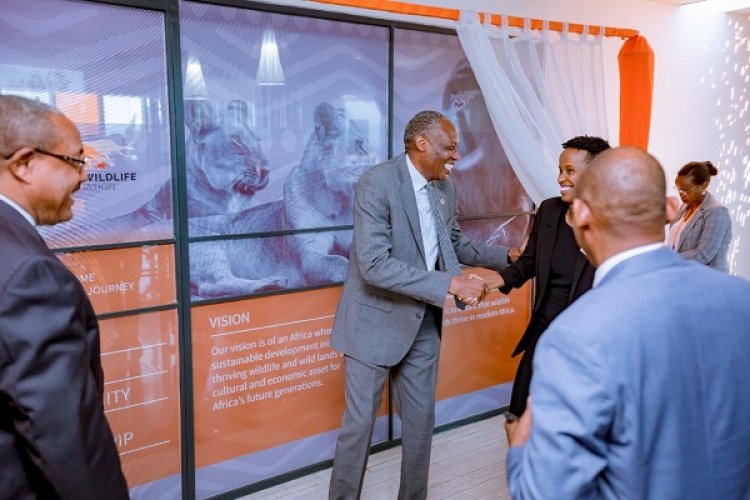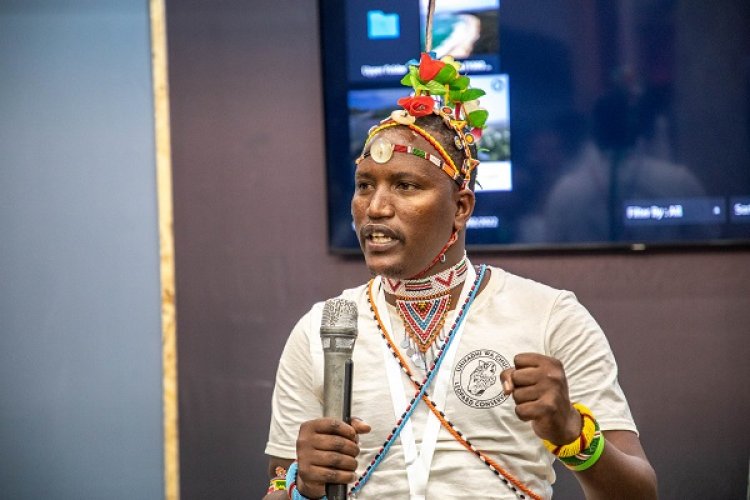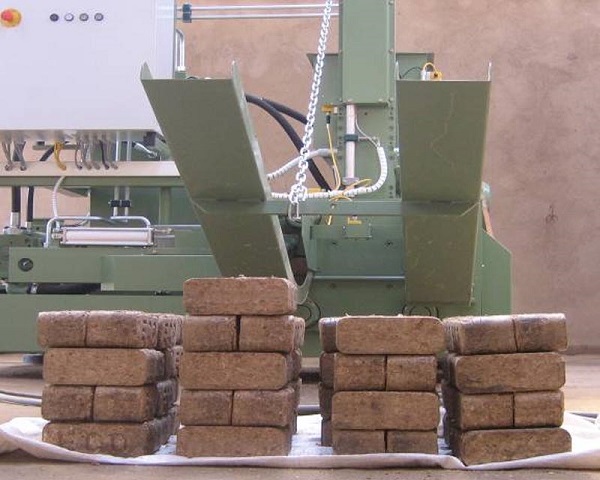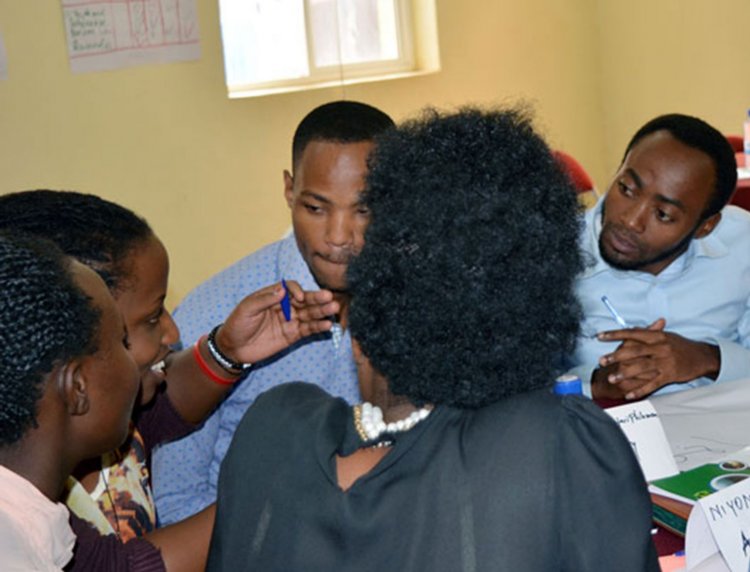Despite surge in Western nations’ support and financial commitments towards grassroots conservation projects in Africa as part of the drive to tackle global environmental challenges, much of the funds barely get in the hands of indigenous people and local communities.
Facts based on both experiences by individual local organizations and recent studies suggest structural barriers ranging from tough eligibility conditions and difficult reporting requirements as well as barriers linked to the high cost of securing funding all acted as access barriers.
Evidence suggest that a few grassroots conservation actors access funding through third party organisations, or only qualify for short term funding, thereby making little to no impact on ground.
“The reality is that Western world sends money to Africa but also send ‘herders’ to take care of the money, and that takes most of it. They call it jobs for the boys (….) whether that is western NGOs, and local big NGOs which are western driven,” claimed John Kamanga, head of South Rift Association of Land Owners, the community-based conservation initiatives in Kenya.
“That’s where most of the money sits. It is in big cars, big offices, big salaries, and that’s why there is struggle to sustainably fund conservation projects.”
Survey
Mr. Kamanga’s concerns were echoed in a new study published this week by Maliasili and Synchronicity Earth, both African organisations whose work revolves around community-based approaches to conservation.
According to the study findings, indigenous people and local communities across the globe receive less than 1 per cent of all climate funding, while African organizations receive approximately only 5 per cent to 10 per cent of private philanthropic funding invested in Africa.
The reality is that Western world sends money to Africa but also send ‘herders’ to take care of the money, and that takes most of it. They call it jobs for the boys (….) whether that is western NGOs, and local big NGOs which are western driven.
John Kamanga, head of South Rift Association of Land Owners, Kenya
The findings are based on a survey from 48 leaders of organisations from East, Southern, West and Central Africa.
“A common example of this [funding access barriers] is when a donor requires that an organization must have managed at least $1 million in the past, which is a difficult threshold for most local or national CSOs to attain. In addition, for several types of bilateral or multilateral funding, local and national civil society organisations are not eligible if they do not apply in consortia with international NGOs,” reads the report.
“However, sometimes the eligibility requirements can become even more granular.”
Implications
The implications, conservationists say, have been that all along existing funding mechanisms exclude the people who are working at point where the most important conservation work is being done.
Besides, this cast doubts on whether world’s funding commitments can help achieve new conservation targets such as one of protecting 30 per cent of the earth’s land area by 2030.
“What is at stake is the future of our planet considering that Africa has 30 per cent of the global biodiversity, and the people with the best chances of delivering conservation impact are not getting the resources required,” Njenga Kahiro, Maliasili’s East Africa portfolio Director told NewsPaper Africa.
Mr. Kahilo was speaking after the launch of the report on the sideline of the week-long Africa Protected Areas Congress (APAC) in Kigali.
The funders who took part in the study, however, blamed inability of African organizations to provide high quality proposals and reporting as well as gathering the data or metrics that funders and their boards expect, for the failure to access funding.
Meanwhile, conservationists lay hopes in push to establish Africa-led conservation trust fund expected to meet routine costs of preserving nature estates managed by state agencies, indigenous peoples, local communities or private individuals across the 54 countries.
Also read: Inside Africa’s $200bn conservation funding plan: What we know
“Our vision is that the fund will create funding channels for different African institutions – for young people, for indigenous people for protected areas themselves and they will also provide governments structure that will allow for ways for money to go down and there is accountability for it,” said Frederick Kumah, Vice President at African Wildlife Foundation (AWF), the organization spearheading the initiative.
Mr. Kumah told this publication that generally conservation resources coming to Africa don’t trickle down, and in some places up to more than 50 per cent of the monies are caught up in administrative processes.


